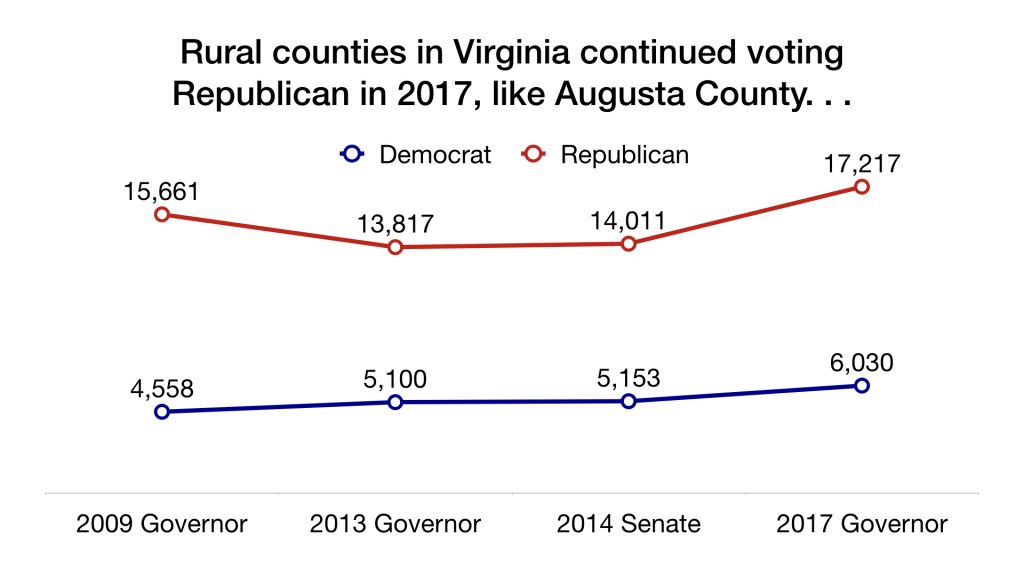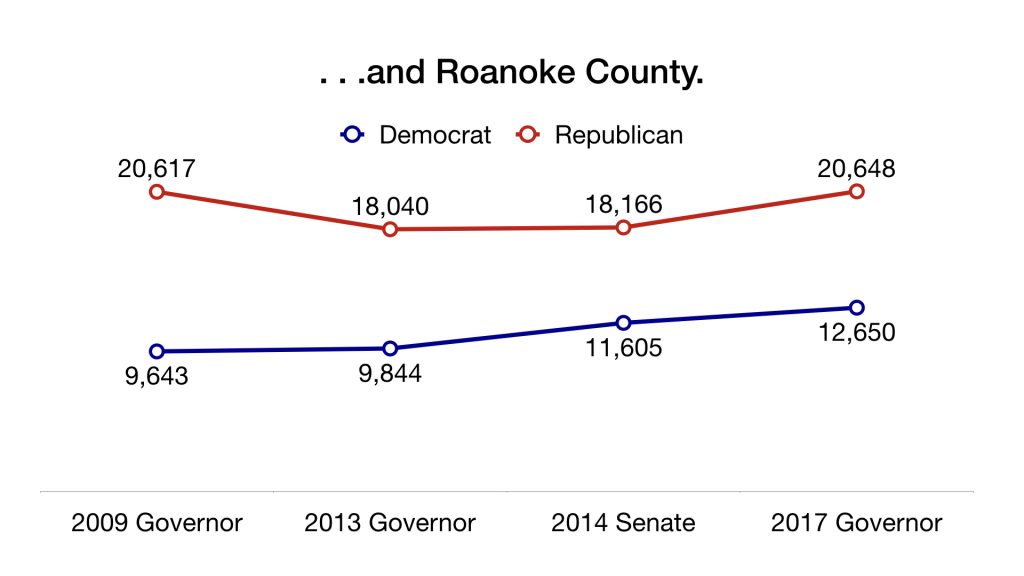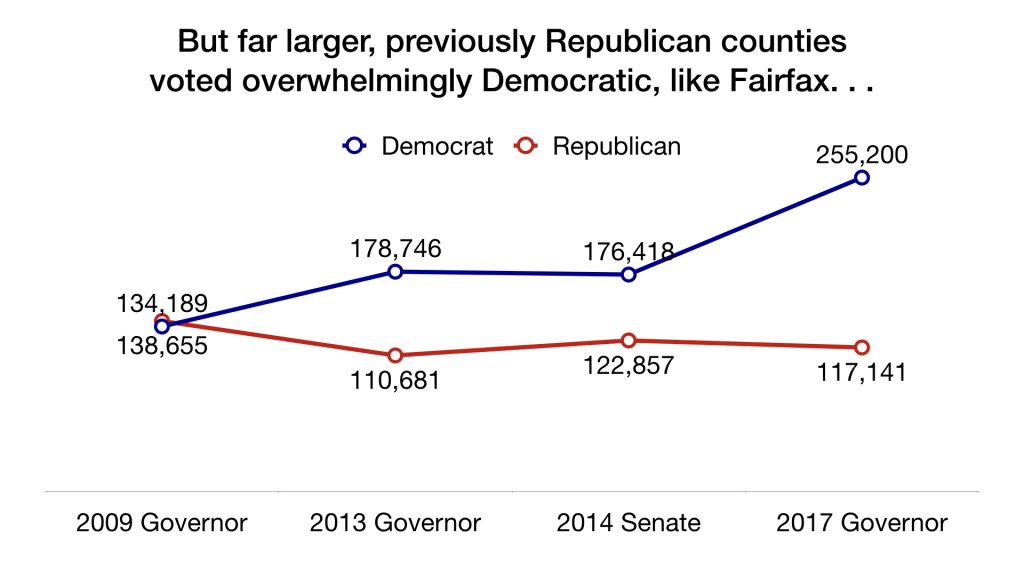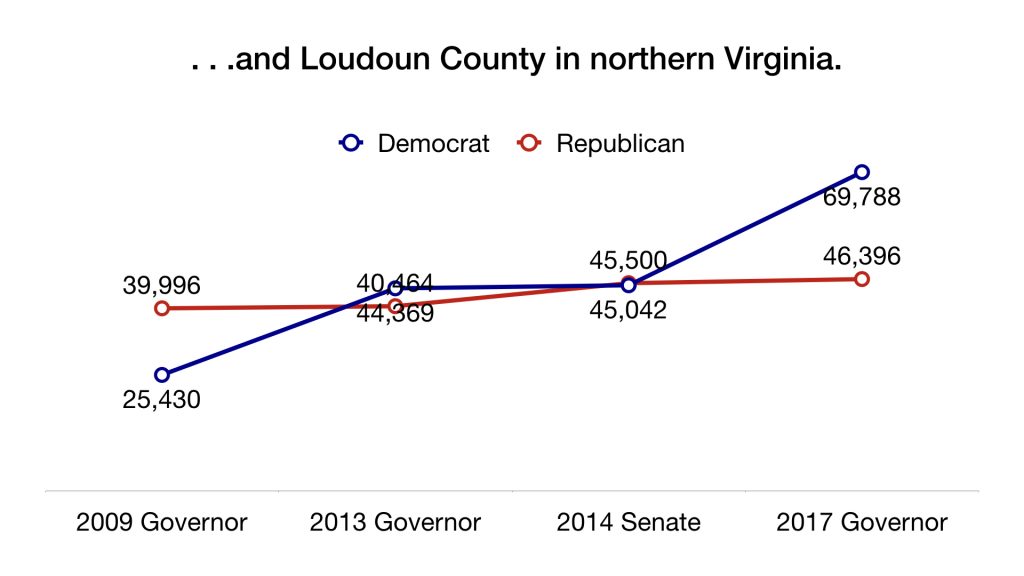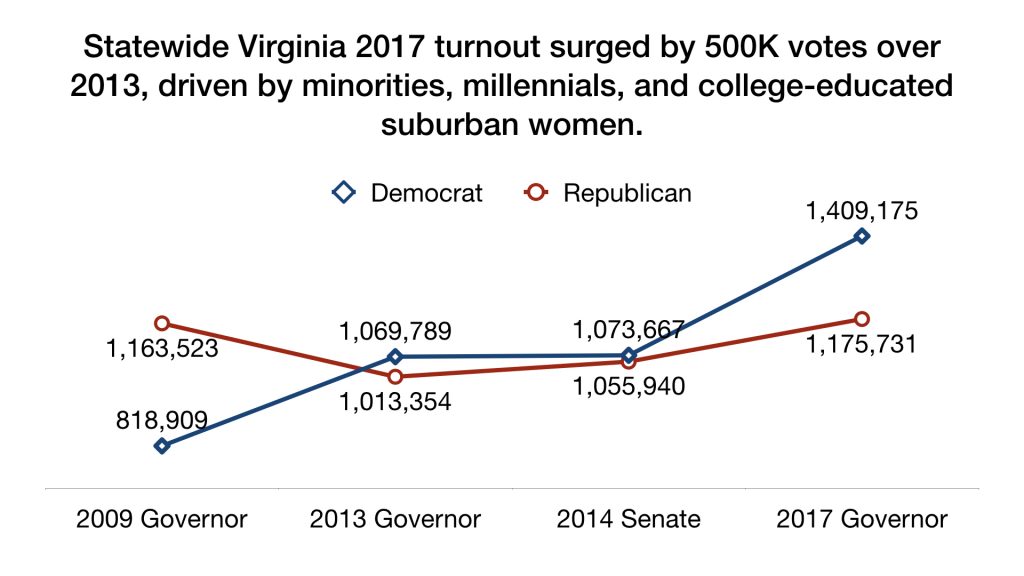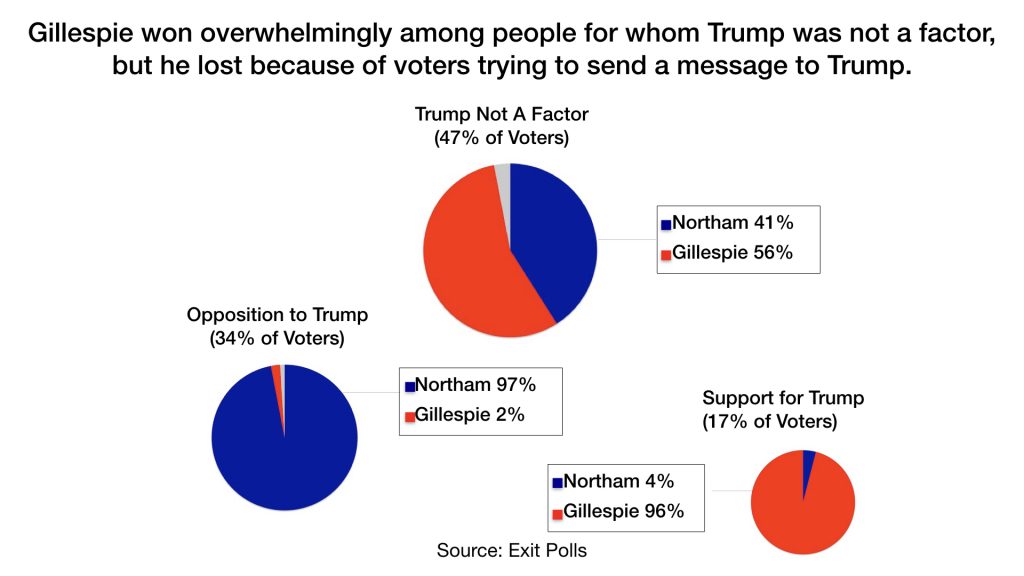Whit Ayres’ comments to The New York Times regarding the political implications of former President Trump’s fourth indictment:
“I do think a conviction on a serious felony charge may change the views of at least the maybe-Trump cohort in the G.O.P. about his electability,” said Whit Ayres, a veteran Republican pollster. “On the other hand, an acquittal in the first case virtually assures his renomination.”
To read the full article, please click here.
